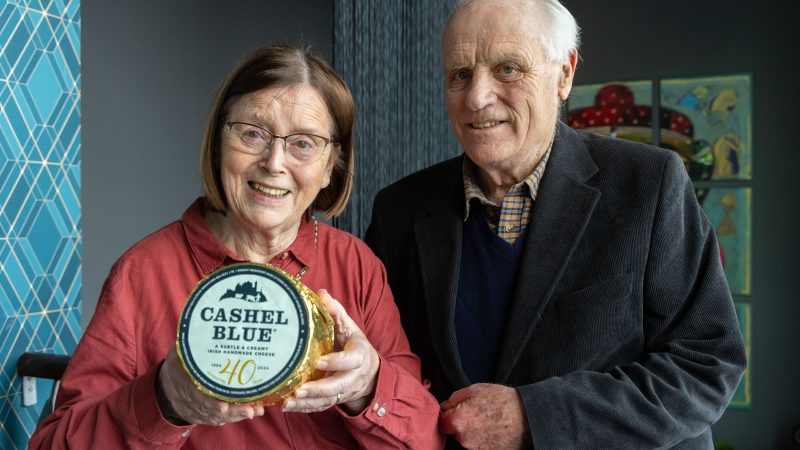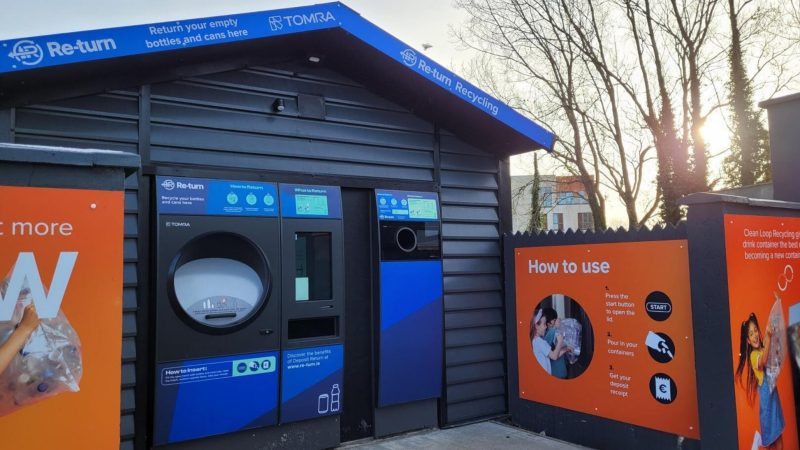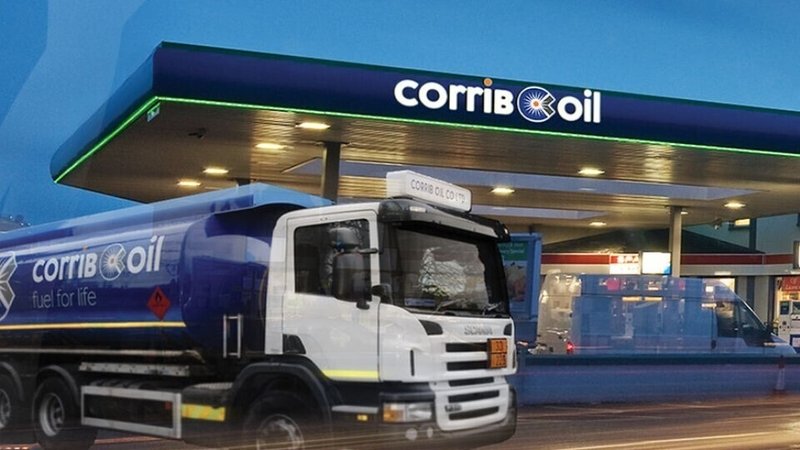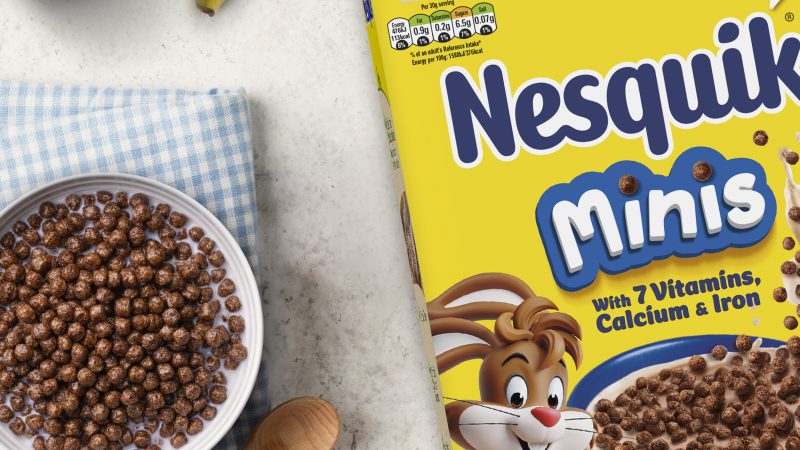Alcohol consumption is changing – are you?
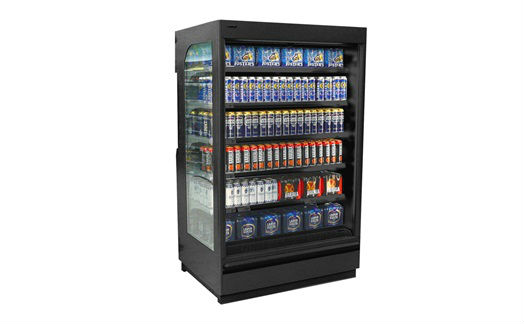
Irish born Jim Whelan, director of international business at Viessmann Refrigeration Systems discusses current trends in alcohol purchasing and how to make the most of it…
The Irish have changed their drinking habits, and for forecourts and convenience stores this is an opportunity to sell more.
But what triggers consumers to buy more alcoholic drinks in-store, and how do you build those triggers into the way merchandise is presented?
Here, by drawing on the findings of recent market research and our own experiences at Viessmann Refrigeration Systems, we can offer some potentially valuable insights.

There is now a well established trend for Irish consumers to spend less on alcoholic drinks when they go out in the evenings, and that’s not only because they’re looking for affordability since the 20-40 per cent rises in excise duty imposed in 2012 and again in 2014.
Another significant factor, according to market researchers Euromonitor International, is that consumers are buying-in to the “come dine with me” culture popularised by TV’s cookery and home-entertainment programmes, and that means they’re doing more social drinking at home. Where there are falling sales for pubs, bars, and restaurants, there is the potential for sales growth for stores.
Although everyday essentials are, if you’ll excuse the pun, the bread-and-butter of the convenience store business, it’s important to fully appreciate the importance of alcoholic drinks.
Research findings released last year by IDG in the UK show that, in the top-ten reasons for topping-up missions at convenience stores, alcohol often ranks fourth or fifth.
Almost one-in-four shoppers go to the store primarily to buy booze.
To put this into perspective, the most popular reasons for topping-up are to get staple products (58 per cent), a newspaper or magazine (36 per cent), a between-meals snack (28 per cent), fruit and vegetables (25 per cent), a lottery ticket (25 per cent), alcohol (23 per cent), an evening meal (22 per cent), cash from a machine or cash-back (21 per cent), lunch or cold food to go (21 per cent), and cigarettes or tobacco (20 per cent). In big cities, an even greater proportion of topping-up missions are made primarily for alcohol; data for London, for example, shows this is the primary mission for 29 per cent of shoppers.
Three more statistics should make store-owners sit up and take notice. Firstly, 70 per cent of visitors to convenience stores say that, although they set-out with a shopping purpose in mind, they also make impulse buys. Secondly, while the proportion intending to buy alcohol is 23 per cent, many more – 38 per cent – say they would use a forecourt or convenience store to buy booze.
LED lighting, which we’ve seen increasingly specified in electric blue, is a popular choice for signalling ice and cold and supporting how the drinks should best be enjoyed. LED is also a great way to keep running costs down as they are more energy efficient.

From all of this data, then, we can be sure of two things: there really is potential for increasing sales, and product presentation is crucial.
One man who has seen first-hand how presentation can boost sales is Kevin Raworth, sales director of NRL Refrigeration Ltd, a leading distributor of Viessmann cooling products. Raworth says: “Retailers will want to keep alcohol sales separate from soft drinks and snacks, which means using a dedicated alcoholic beverage chiller cabinet.
“We find it’s key to visually distinguish alcohol from other products and to signify its adult appeal. There is a recent trend to do this by opting for black cabinets and shelving to give the space more of an edgy, contemporary, grown-up feel. Maybe this is working for our customers because it recreates the feel of a nightclub, even though they are taking the drinks home.
“LED lighting, which we’ve seen increasingly specified in electric blue, is a popular choice for signalling ice and cold and supporting how the drinks should best be enjoyed. LED is also a great way to keep running costs down as they are more energy efficient.
“Opt for cabinets which have glass side panels, so that shoppers can easily see what is on offer in the alcohol fridge from other parts of the shop, attracting business from those who may have just come in for a paper. The spacing of shelving is also important. We recommend equalised, uniform spacing throughout so that the layout is as uncomplicated as possible and customers can concentrate on the products. As wine bottles are taller, put these at the bottom and then equalise all the shelves above.
“We’ve been rolling-out Viessmann Euroclassic multideck chillers to a chain of convenience stores in travel locations across the UK. The all-black look has created a real showpiece and has resulted in a 25 per cent increase in sales.”
As many premises, particularly forecourts, are tight for space, it’s also important to consider the footprint of the chiller cabinet and how much merchandise it displays in return for that floor space. Viessmann’s Visio is especially good in this respect, as well as having large see-through glass surfaces and doors on both sides. The e-Visio, which combines two remote multidecks into one compact cabinet, saves up to 30 per cent of floor space compared to a traditional set up.
For premises with more floor space – or where alcohol sales start to do so well that they deserve a greater proportion of the available display area – retailers should look to maximise their return on investment in multidecks by combining appealing product presentation with excellent temperature performance and cost-reducing energy efficiency.
In these circumstances it’s worth looking at Viessmann’s e-Novus, a multideck with doors and a spacious display area, as this combines new e-ncore technology with other energy-saving features to reduce energy consumption by 35per cent compared to the average. To do away with cabinet doors, which some see as a psychological barrier to the impulse buyer, consider the e-Ventus multideck.
This model also has a spacious display area, but its innovative core air curtain technology reduces energy consumption by 50 per cent and its total life-cycle costs are even comparable to a multideck with doors.


